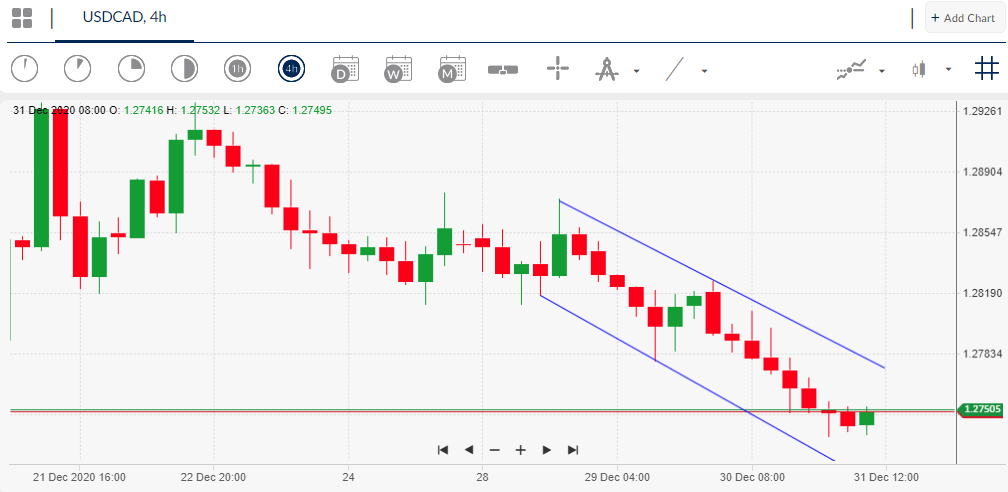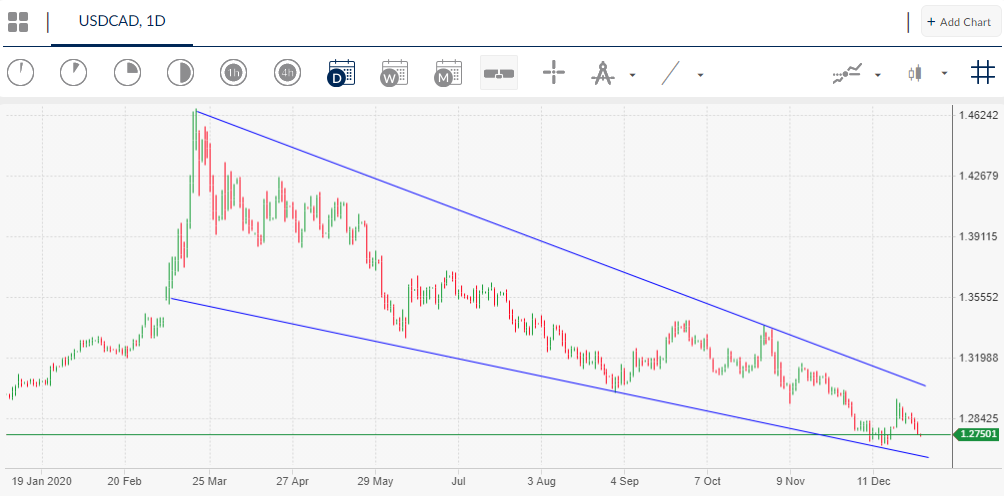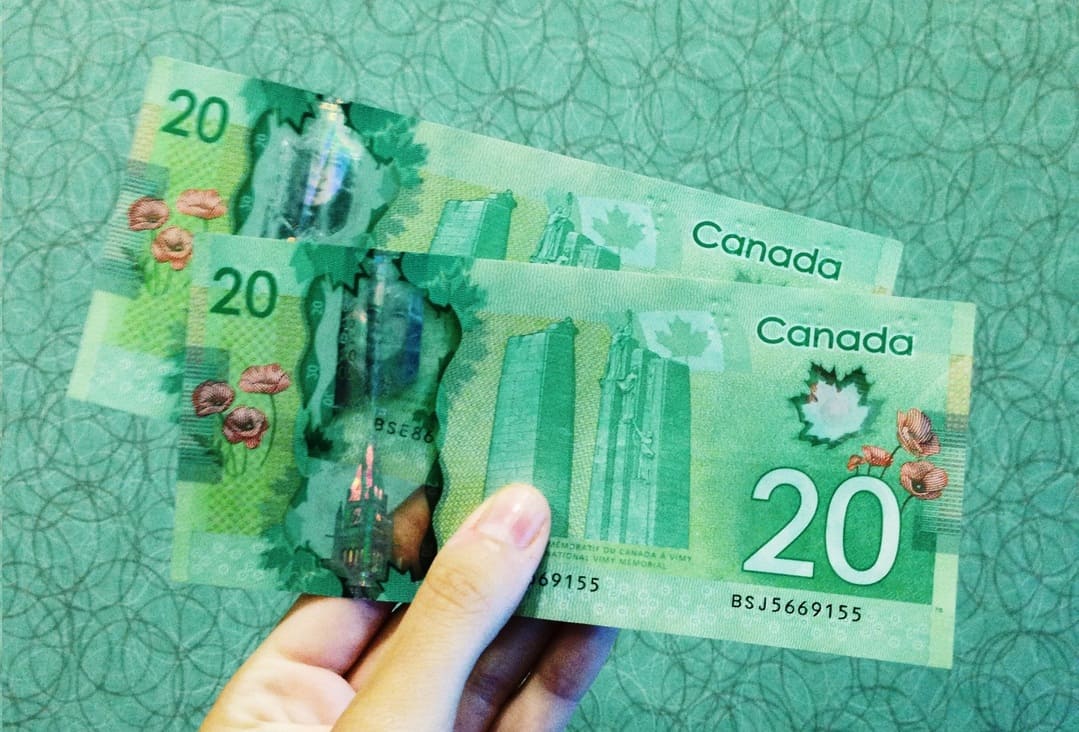The greenback continues to concede ground against the Canadian dollar, as a combination of weakness in the US dollar and rising oil prices is pressuring the pair towards fresh multi-month trading lows.
Currently, the US dollar index is trading at its lowest level since April 2018, this is also consistent with the USDCAD pair, which is also trading at its weakest level since April 2018. The US dollar index is at risk of further further losses if price breaches the 88.00 support level according to higher time frame analysis.
Should we see a breakout under the 88.00 handle commodity-related currencies such as the Canadian dollar are likely to experience further heavy selling. This is especially true if risk-on sentiment remains intact, and the greenback continues to decline.
Risk sentiment is important to the USDCAD pair, as the Canadian dollar is heavily influenced by the price of oil, and as such tends to react, and overeact at times, to large fluctuations in the price of oil.
Recent data shows that the Canadian economy expanded more than expected during in October, with 0.4 percent growth. This beat most economists forecasts, as the Canadian economy defied the rise in COVID-19 infections.
The main risk events for the Canadian dollar next week on the economic calendar is the ISM manufacturing report, non-farm payrolls job report, and Canadian job report. These are set to influence the direction of the pair in January.
From a technical standpoint, the USDCAD pair is trading close to a downside breakout, and is at risk of slipping into a much-lower price range, between the 1.2000 to 1.2500 levels. Lower and higher time frame analysis both show the possibility of a reversal, with the pair also being extremely oversold at the moment.
USDCAD Short-Term Technical Analysis
The four-hour time frame shows that a falling broadening wedge pattern has formed. Typically, these pattern are known to be fairly reliable bullish reversal patterns.
Looking more closely at the broadening wedge, the lower end of the pattern is found at the 1.2660 level, while the top is located close to the 1.3270 level.


Source by ActivTrader.
According to the size of the pattern, the USDCAD pair could fall around 500 to 600 points if a bearish breakout occurs, taking the USDCAD towards the 1.2100 1.2000 area.
To the upside, a bullish break would mean the USDCAD pair could trade towards the 1.3800 area over the long-term. It should noted that a strong technical bounce above the 1.3100 level is needed at this stage.
USDCAD Medium-Term Technical Analysis
Looking at the daily time chart, an extremely large falling wedge pattern has formed during the recent strong decline in the USCAD pair. Falling wegdes are know to be amongst the most powerful bullish reversal pattern.
Bulls currently need to move the price above the 1.3050 level to activate the bullish pattern. A drop under the wedge at this stage would be very bearish for the overall medium-term picture.


Source by ActivTrader.
Assuming that the USDCAD pair breaks above the wedge, then a rally towards the 1.3800 level could take place. A move under the bottom the falling wedge, around the 1.2550 level could propel the pair into a much lower price range.
Watch out for the next major move in the pair once the 1.2550 to 1.3050 price range is broken on the daily time frame.




